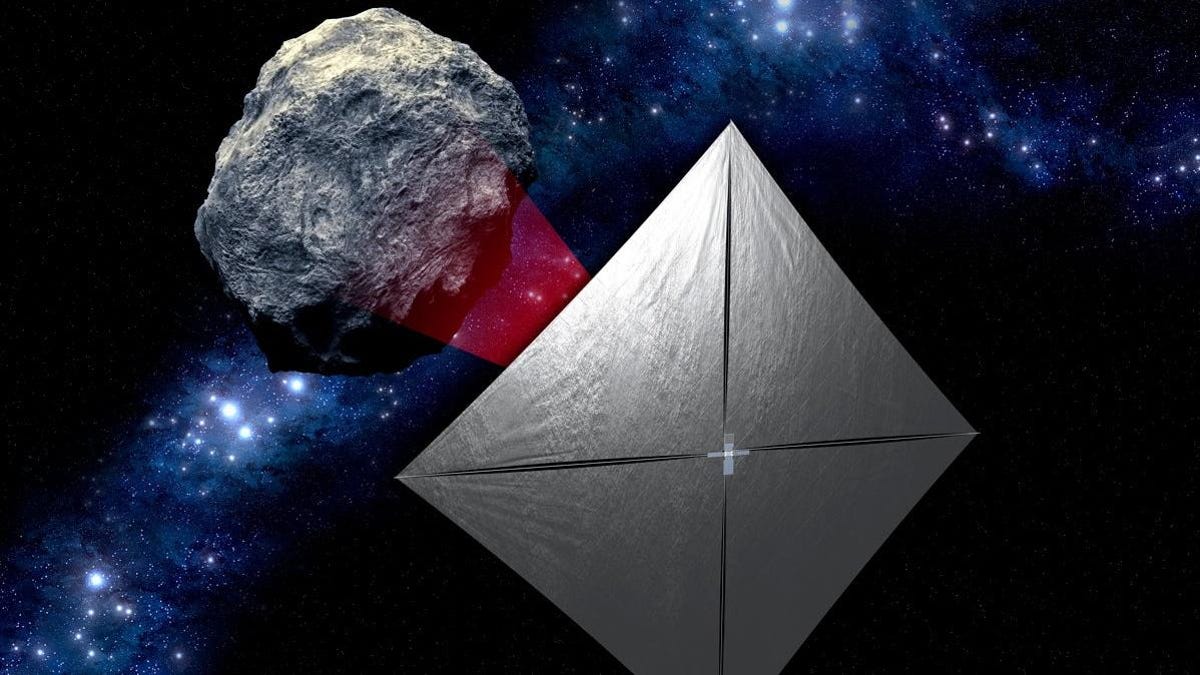
Advertisement
NASA was worried that its LunaH-Map cubesat would not have enough power, but it is “on path to have a successful mission,” Sarafin said. NASA’s NEA Scout mission, on the other hand, has not yet phoned home. The cubesat is designed to use solar sails to fly to a nearby asteroid, observing it up close and sending images back. “I wouldn’t expect that to fail,” McDowell said.
According to McDowell, the cubesats are all different and they’re subject to different success rates. Some cubesats are built by aerospace engineering students and those tend to have a low success rate, while others have a higher success rate as they are operationally built and used by companies. “The Artemis cubesats are a mixture,” he said. “Some of them are a bit more serious than others.”
Advertisement
The Team Miles cubesat, as an example, was built by a small space exploration company to demonstrate a propulsion scheme using plasma thrusters. “This sort of amateur one I might have expected to fail,” McDowell said.
But with only 6 cubesats operating normally so far, the failure rate of SLS’ secondary payload is not looking good. “Given the mix of cubesats, it’s a little higher than one would like,” McDowell said.
Advertisement
For the remaining three cubesats that did not phone home, they may be forever lost by now. “A lot of them were meant to make maneuvers as they passed the Moon this morning,” McDowell said. “So for them, it’s too late.” Even for the cubesats that have sent a signal so far, their success is not guaranteed. “Just saying that they got a signal from them the day after launch isn’t quite the same as saying that the mission is successful,” McDowell added. “I think there’s a lot more information that needs to roll in over the next few days.”
More: Orion Completes First Lunar Flyby and Captures Stark Image of the Moon